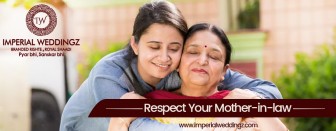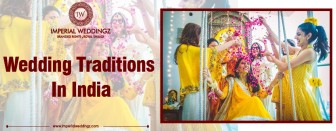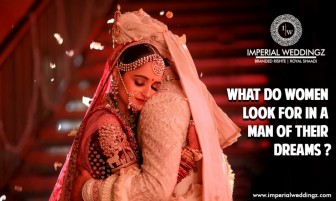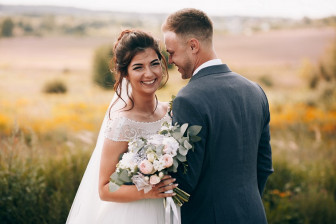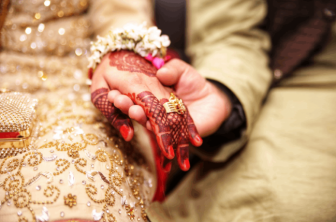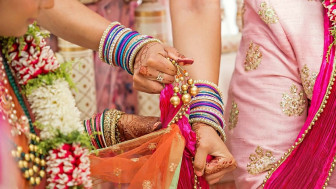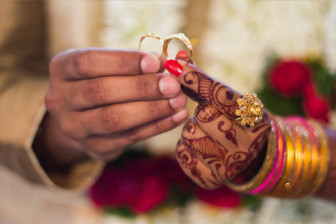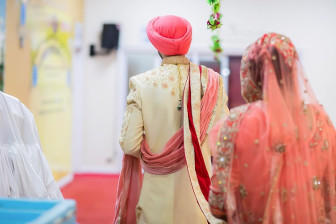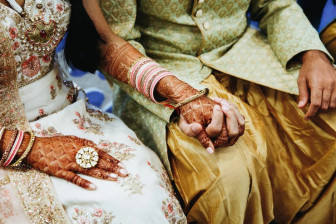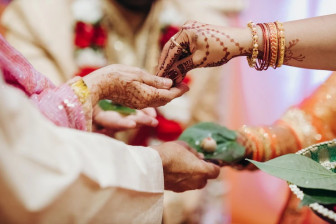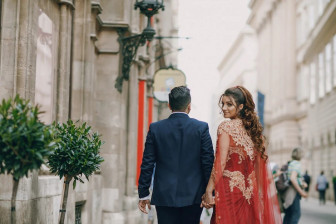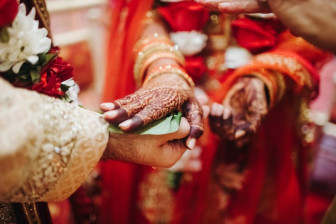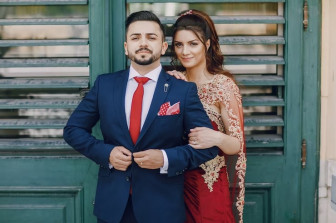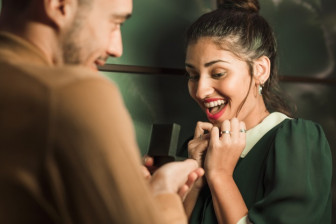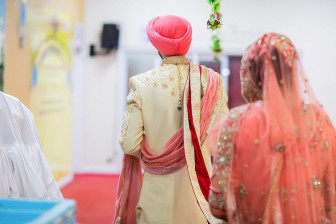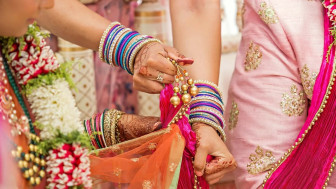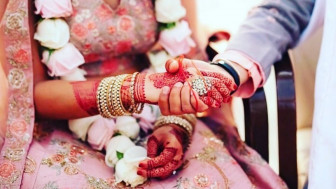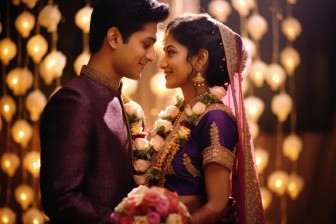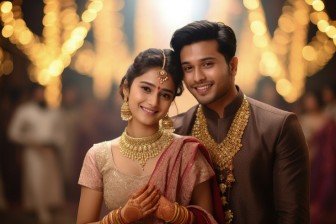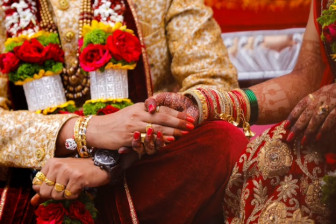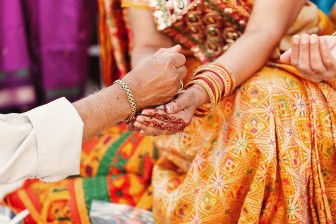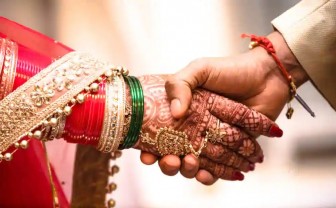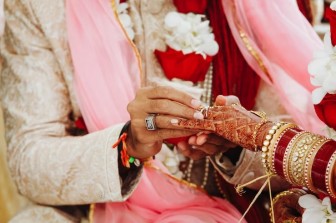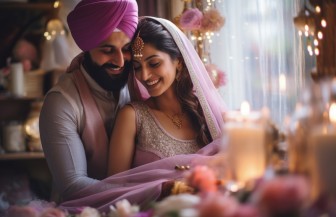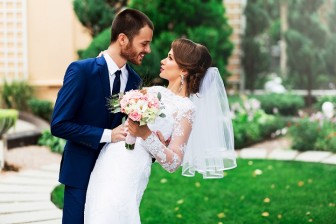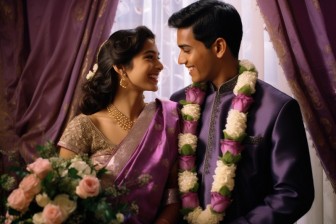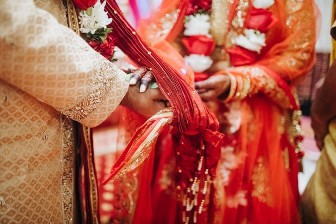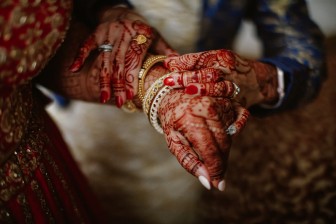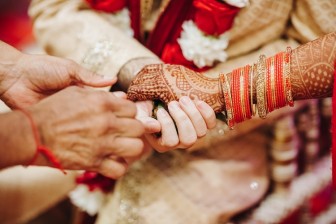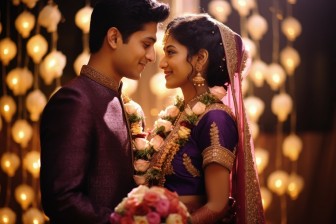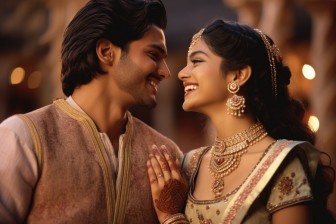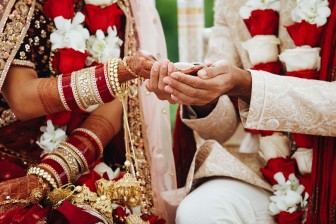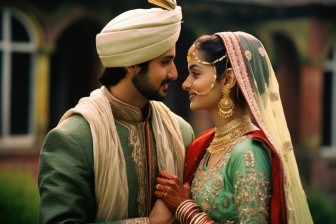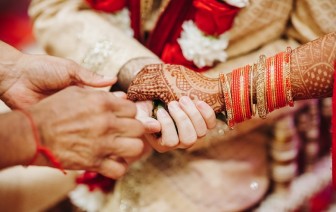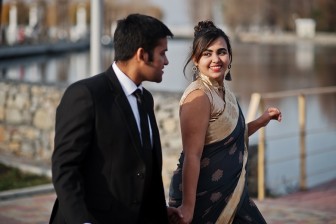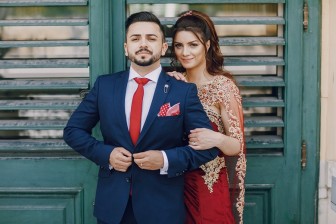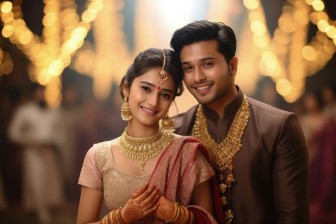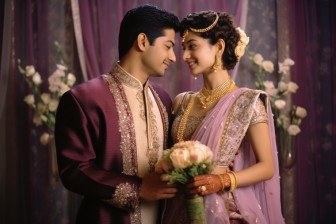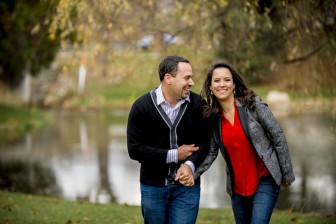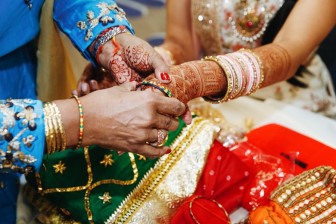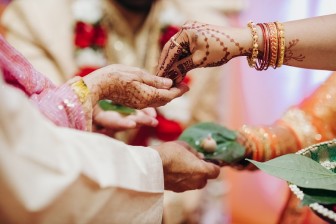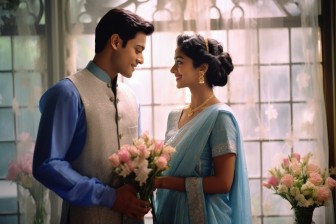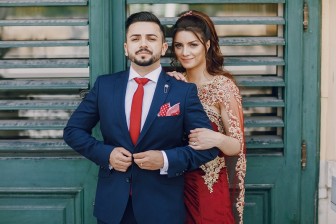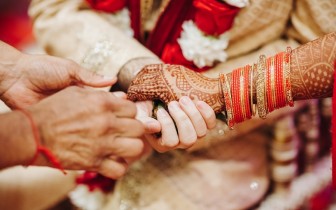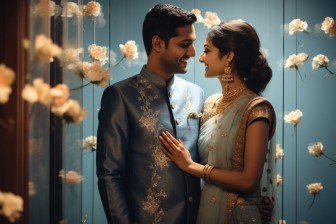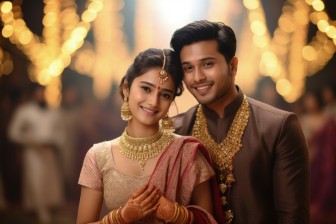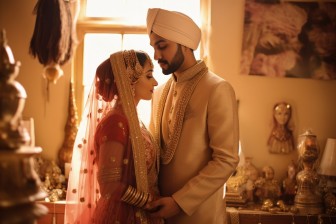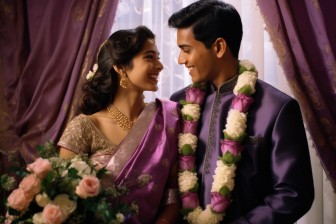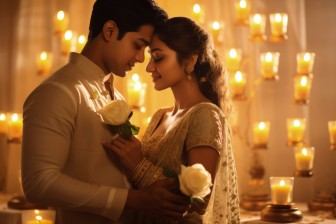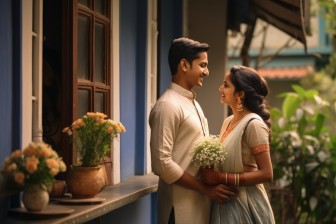Oct 01, 2024
Punjabi matrimony is more than just a union of two individuals; it is a celebration of rich traditions, vibrant culture, and deep-rooted family values. In the Punjabi community, marriage is considered one of the most significant milestones in life, embodying the essence of love, respect, and unity. With the emergence of services like the Punjabi marriage bureau Delhi, finding the right match has become more accessible for many families. This article explores the beautiful tapestry of Punjabi matrimony, highlighting its unique customs, cultural significance, and the evolving landscape of love within the community.
The Cultural Significance of Punjabi Matrimony
At the heart of Punjabi matrimony lies a profound cultural significance. Punjabi weddings are characterized by their elaborate ceremonies, colorful attire, and lively celebrations. They reflect the spirit of the community, which is known for its warmth and hospitality. Traditionally, Punjabi marriages are arranged by families, emphasizing the importance of social compatibility, familial ties, and shared values.
The process often begins with the families meeting to discuss potential matches, focusing on aspects such as education, background, and compatibility. This collaborative approach strengthens family bonds and ensures that both sides feel invested in the union. However, with changing times, love marriages are also gaining acceptance, providing individuals with the opportunity to choose their partners while still honoring cultural traditions.
Vibrant Traditions and Rituals
Punjabi matrimony is a feast for the senses, filled with joyous rituals that embody the spirit of celebration. Some of the most notable customs include:
Roka Ceremony: This initial engagement ritual marks the beginning of the matrimonial journey. The families come together to exchange gifts and formally announce the couple's intention to marry.
Mehndi Ceremony: The mehndi, or henna ceremony, is a lively event where intricate henna designs are applied to the bride's hands and feet. This tradition symbolizes joy and is often accompanied by music, dance, and laughter, reflecting the community's festive spirit.
Baraat: The baraat is a grand procession where the groom arrives at the bride's home, accompanied by family and friends. This lively celebration features music, dance, and a display of cultural heritage, marking the groom's entry into the bride's family.
Anand Karaj: The actual wedding ceremony, Anand Karaj, takes place in a gurdwara (Sikh temple) and emphasizes the spiritual aspects of marriage. The couple circles the Guru Granth Sahib, symbolizing their commitment to each other and to a life of equality and love.
Reception: Following the wedding, a grand reception is held to celebrate the newlyweds. It features delicious Punjabi cuisine, vibrant music, and traditional dance forms like Bhangra and Gidda, allowing the community to come together and celebrate the couple's new beginning.
The Role of Family and Community
In Punjabi culture, marriage is not just a bond between two individuals but a union of two families. The involvement of family members is pivotal in shaping the couple's journey. Elders play a crucial role in providing guidance and support, ensuring that the values and traditions of the community are upheld.
The Punjabi community is characterized by its strong sense of belonging and togetherness. Community events, festivals, and gatherings often revolve around celebrating marriages, reinforcing the importance of relationships and collective joy. The support of family and friends creates a nurturing environment for couples, fostering love and understanding as they embark on their new life together.
Evolving Perspectives on Love
While traditional practices remain integral to Punjabi matrimony, the landscape is gradually evolving. Younger generations are increasingly open to love marriages and more progressive views on relationships. This shift reflects a broader acceptance of individual choice and personal happiness, allowing couples to forge their own paths while respecting their cultural roots.
Online matrimonial platforms have also gained popularity within the Punjabi community, offering a modern approach to finding a partner. These platforms provide individuals with the opportunity to connect with potential matches based on shared interests, values, and lifestyles, blending tradition with contemporary practices.
Conclusion
Punjabi matrimony is a beautiful celebration of love, culture, and community. It encapsulates the essence of the Punjabi spirit—joyful, vibrant, and deeply connected to family values. With the rise of Punjabi matrimonial services in Delhi, finding a compatible partner has become more accessible, allowing individuals to embrace both tradition and modernity. As the community continues to evolve, it is heartening to see the harmonious blend of tradition and modernity in Punjabi marriages. Ultimately, the celebration of love within the Punjabi community serves as a testament to the enduring power of relationships, where commitment, respect, and shared values remain at the forefront.






